State QSO Party 40m observations
During the Virginia QSO Party in March 2015 some of our club members provided some testimony of how horizontal antennas work or don’t work for NVIS propagation on 40 meters. Key points include:
- Observation 1 – One member found a ZS6BKW at 70 feet height performed quite poorly for in-state contacts on 40m. Another antenna placed about 20 feet above ground worked very well and helped him score a Single-Operator unlimited-power plaque with just low power.
- Observation 2 – Another member has a full wave loop 50 feet above ground. The performance of this antenna was absolutely spectacular especially given he was operating QRP. He quite easily busted pileups on the 2nd call and once beat my QRO signal to a rare-county 40m mobile. He won a Signal-Operator QRP plaque.
I knew there were poor performing heights for 40m NVIS, but never bothered to calculate the behavior. The above observations in mind, I modeled a full wave loop and half wave dipole in one foot increments over various soil conditions. The following figure contains the results.
Antenna gain pattern shapes with respect to antenna height
Let’s examine the antenna pattern of a 40m dipole at various heights above average ground by first viewing the energy broadside to the antenna.
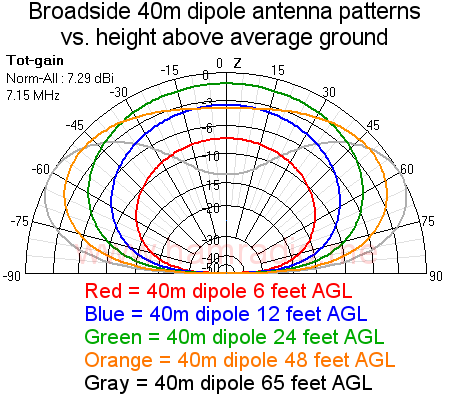
Usable NVIS service occurs from 6 to 24 feet above ground with energy directed upward. The shapes of the 6, 12 and 24 foot high antenna patterns differ only in gain, but maintain the same basic shape. The 48 foot high dipole also has decent gain at zenith, but shows signs of a different shape with more energy towards the horizon. At 65 feet high the dipole has completed its transformation from an NVIS antenna to a good 40m DX antenna. Note the best gain of all the heights occurs at the 65 foot level, but the optimal NVIS gain is much lower than the optimal green trace. Let’s view the same information inline with the dipole element in figure 2.
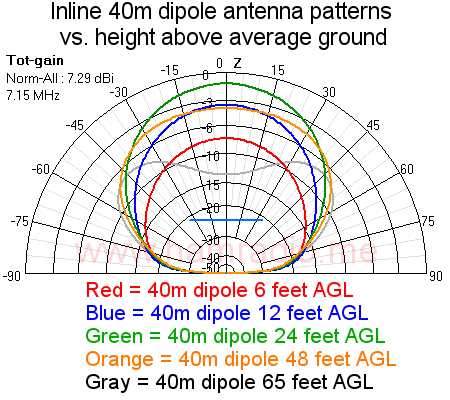
Energy off the ends changes the shape of the NVIS supporting skywave angles, but the general trends remain the same as figure 1.
The important takeaway from the above plots is changing the antenna height from 6 feet to 24 feet considerably improves antenna efficiency (further away from lossy ground) while still maintaining NVIS characteristics. Put another way the 24 foot 40m dipole has the same beneficial NVIS take off angles with much less loss than the 6 foot high dipole.
- Place your dipole too low and you have a lossy 40m NVIS antenna.
- Place your dipole too high and you have an efficient 40m DX antenna
- What height yields an efficient NVIS 40m NVIS antenna?
The answer is found by examining zenith gain vs. height at finer intervals.
Good NVIS antenna heights
Let’s plot the antenna gain at zenith vs. height of the simple 40m dipole and the spiffy 40m full-wave loop.
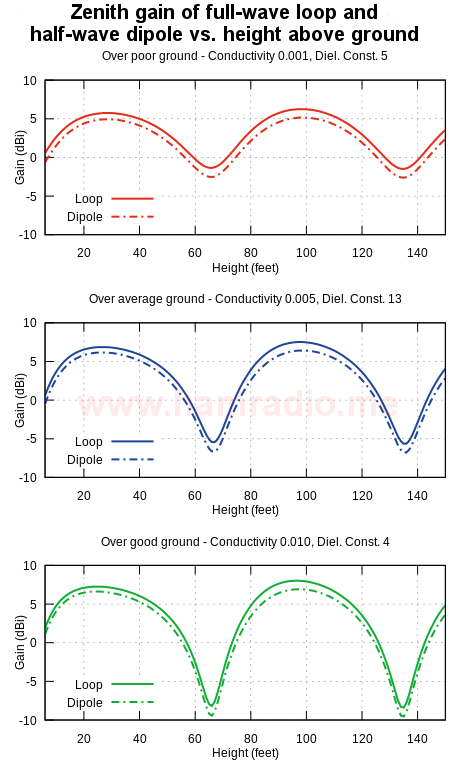
Results include:
- The loop always beats the dipole by about 1 dB. This isn’t much, but if you are QRP every little bit helps.
- The first poor performing height at about 66 feet lines up well with observation 1 above and the 65 foot antenna pattern.
- Good NVIS gains are available from a broad range of heights starting at 20 feet up to 45 or so feet. Even at 50 feet performance holds and given some probable sag in the loop wiring, observation 2 fits well with this model.
The gain peaks again and again as you go higher, however the pattern becomes more complicated resulting in diminishing returns.
Conclusion
Good 40 meter NVIS antennas have a broad and forgiving range of heights from quite low to modestly high. Go too low and you have loss. Go too high and you have low zenith gain. The heights where zenith gain drops dramatically are traps for the unwary antenna builder desiring NVIS performance. Pick the middle ground height for NVIS.
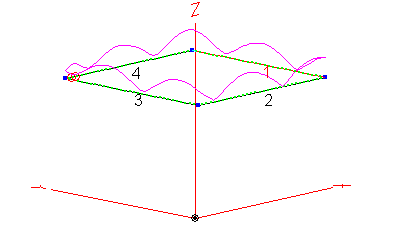
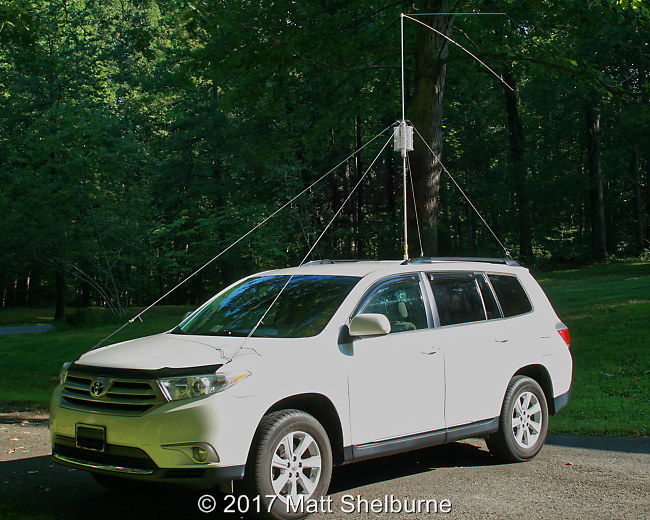
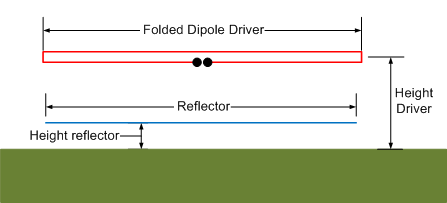
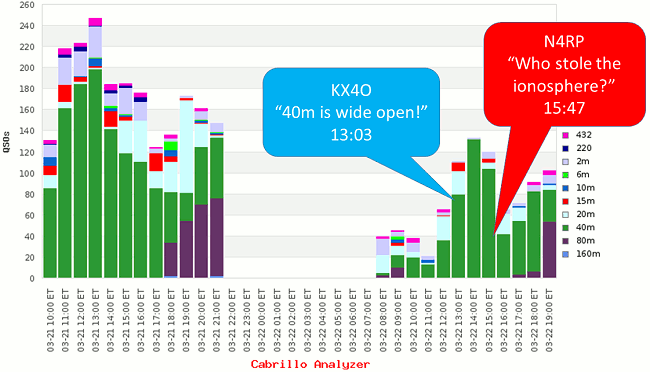

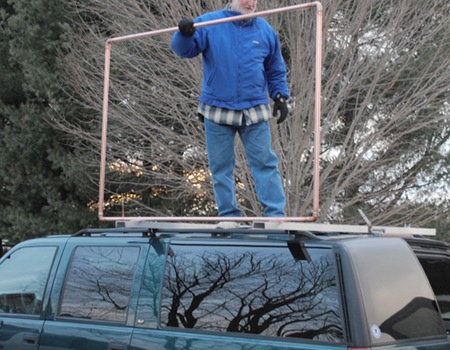
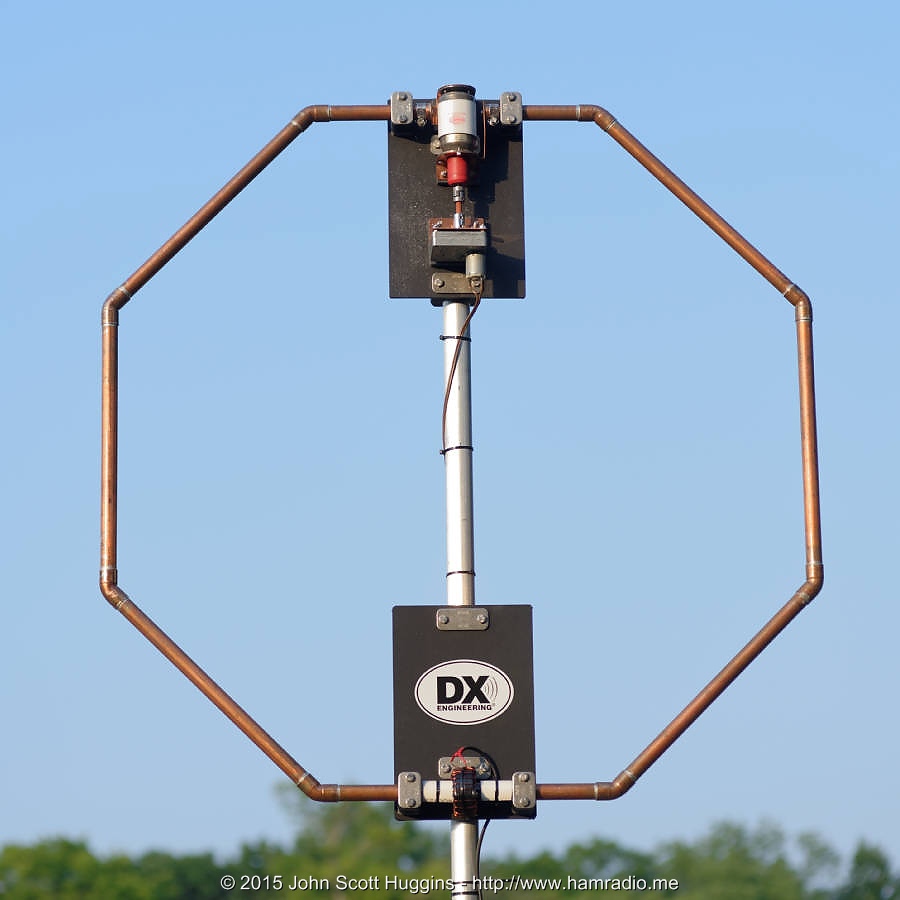
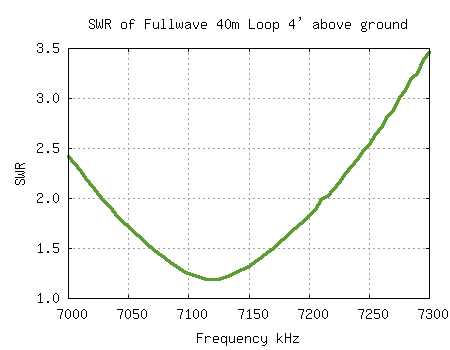
For these graphs, doesn't it imply there is an amount of distance between point A and B or a given takoff angle that define NVIS? This is very interesting as I built a separate 40 meter dipole and put it lower to the ground for the Wisconsin QSO party for in state contacts. It not an apples to apples comparison, but I'm finding in most cases my 40 meter dipole at 15-20ft is the same or better than a 176ft doublet from in state to about 2 states out. The doublet is ~30ft up. Sometimes I see up to 2 units better on the 40 meter dipole, but most often 1S unit in state and 2 states out. -kb0kfx